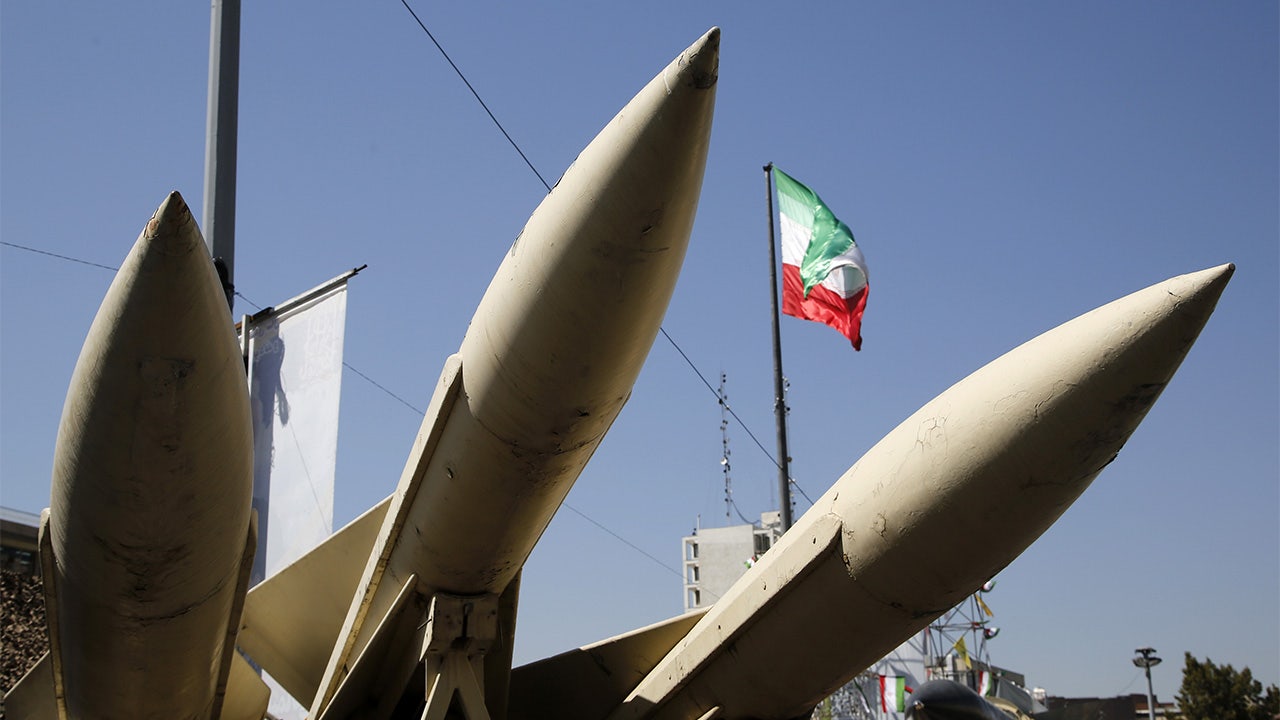Infra
Latest U.S. climate report issues stark warnings for Midwest agriculture, health and infrastructure

A new report from the U.S. Global Change Research Program shows rising temperatures, extreme precipitation, drought and other climate-related challenges are intensifying in the Midwest. It paints a picture of major changes to lives and livelihoods, as well as the opportunity to mitigate the impact of global warming,
The fifth National Climate Assessment found as climate conditions worsen, public and environmental health and the economy of the region are all at risk.
“Rising temperatures, extreme precipitation, drought, and other climate-related events in the Midwest are impacting agriculture, ecosystems, cultural practices, health, infrastructure, and waterways,” the report states.
Hotter summers and weather that swings between extreme drought and flooding threaten crops and livestock production throughout the region. On top of that, the report notes milder winters are allowing pests that wreak havoc on crops to expand throughout the region.
The climate analysis warns that without intervention, the Midwestern states that produce roughly one-third of the world’s corn and soybeans will find it more difficult to do so. Those states include Missouri, Iowa, Illinois, Wisconsin, Minnesota, Michigan, Indiana and Ohio.
The Mississippi River basin is experiencing more extreme flooding and low river conditions which leads to decreased river flow, more stress on dams and other river-related infrastructure.
Since 1980, flooding alone has caused more than $49 billion in economic damage throughout the Midwest.
“That very sharp and punctuated transition in a very short period of time where you’re either feasting or going to famine is a challenge for ecosystems,” said study co-author Jeff Wood, assistant professor of biometeorology at the University of Missouri School.
The climate assessment notes authors of the report have low confidence in the region’s current efforts to mitigate these changes, but Wood said he’s hopeful that can change.
“There has been a lot of interest particularly here in Missouri,” Wood said, pointing to solutions from the USDA like leaving crops out during winter months to prevent soil erosion. “There is interest — it’s growing — but more could be done.”
In the 2015 Paris Climate Agreement, nations agreed to keep global warming to 1.5 degrees Celsius (2.7 degrees Fahrenheit) or below.
At the COP28 climate action conference underway in the United Arab Emirates, the U.S. pledged phase out coal-fired power plants by 2035.
Coal makes up about about 40% of fossil fuel emissions. As recently as 2022, plants in Nebraska and Missouri announced delays in their closure plans.
Health & disparities
The climate assessement also warns a warming climate is worsening public health in the Midwest.
As temperatures rise, respiratory problems and air quality are expected to worsen, according to the report. Indeed, smoke pollution from wildfires, increased pollen production and the production of harmful ground-level ozone gasses have recently afflicted the Midwest.
Earlier this year, Midwest hospitals saw an uptick in respiratory cases as wildfire smoke from Canadian wildfires covered the region.
Additionally, tick-borne illnesses, including Lyme disease and other diseases carried by bugs, are likely to increase as the weather continues to warm.
The assessment’s section about the Midwest points to green infrastructure, heat-health early warning systems, and improved stormwater management systems as elements that could curb the health impacts of climate change.
The report found the U.S. is warming faster than the global average and that the effects of climate change are being felt in every part of the country, citing more extreme weather, drought and wildfires that are becoming more frequent across the country.
What’s more, the report found minority communities are more likely to face challenges due to climate change — especially Black, Hispanic and indigenous communities – because those communities typically live in areas more susceptible to the effects of climate change.
“Climate change affects us all, but it doesn’t affect us all equally,” said climate scientist Katharine Hayhoe, one of the authors of the assessment, in an article from NPR.
In the same article, Solomon Hsiang, a climate economist at the University of California, Berkeley and a lead author of the assessment said:
“The research indicates that people who are lower income have more trouble adapting [to climate change], because adaptation comes at a cost.”
“Climate adaptation actions undertaken in the United States to date have generally been small in scale and incremental in approach, involving minor changes to business as usual.”
The Fifth National Climate Assessment
Adaption action
Alice Hill, a climate expert with the Center on Foreign Relations, said there’s a reason the U.S. is lagging in the implementation of climate mitigation policies. She said advocates in the U.S. have been calling for a national adaptation strategy for climate change since at least 2013.
“We still don’t have one, and that means we haven’t defined the roles of the federal government, the roles of the state and local governments, and the roles of the private sector,” Hill said as part of an interview about the impact of climate change on housing.
“Resilience to climate change requires all levels of government as well as the private sector to work together to understand the risk, understand which choices are available, and then talk about how we finance the investments in getting ourselves to a position of greater safety,” Hill said.
Outlined in the report are opportunities in the Midwest to push back against climate challenges, including industry investment into “climate-smart” agriculture and federal investment into infrastructure to keep damage from extreme weather at bay.









